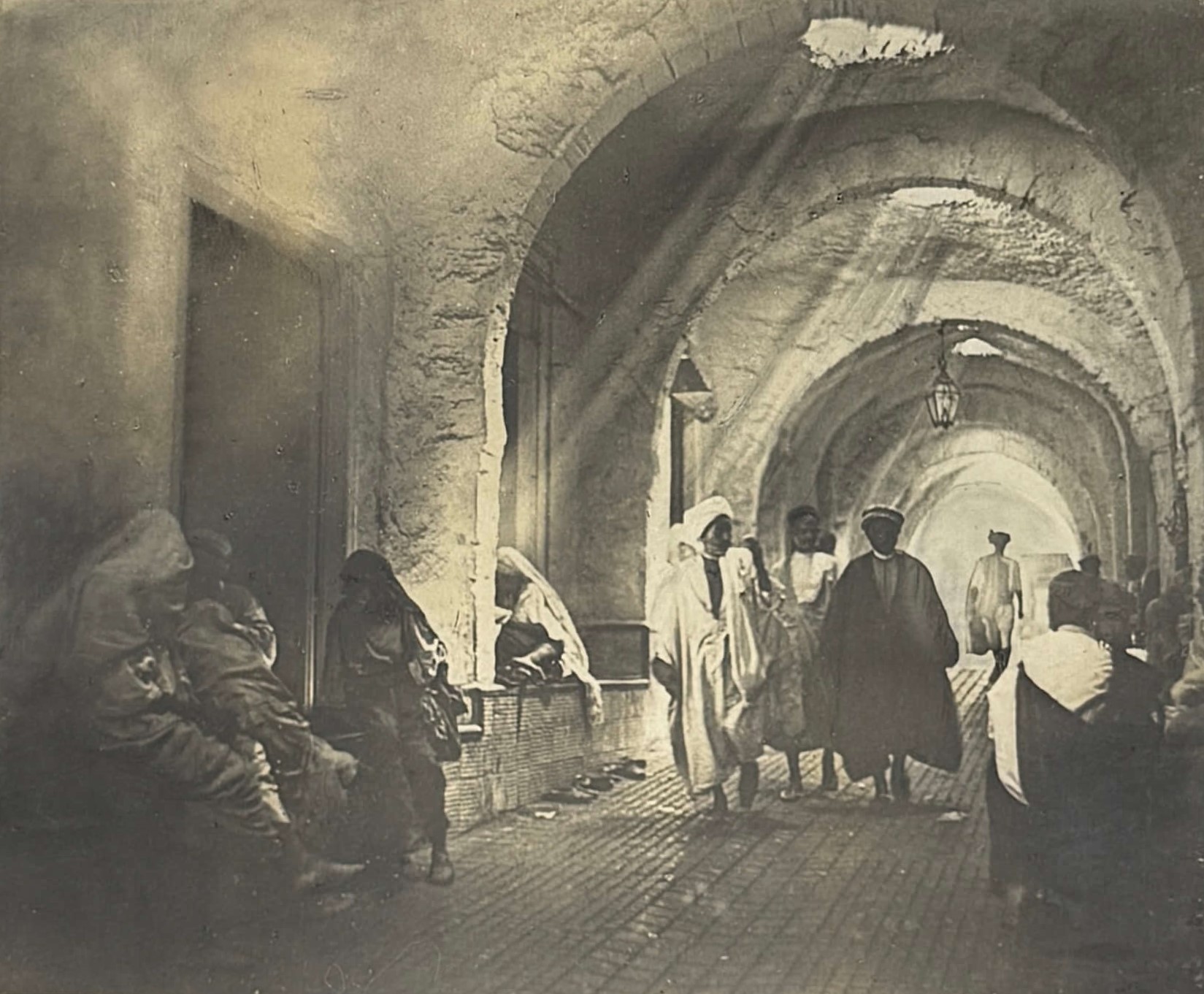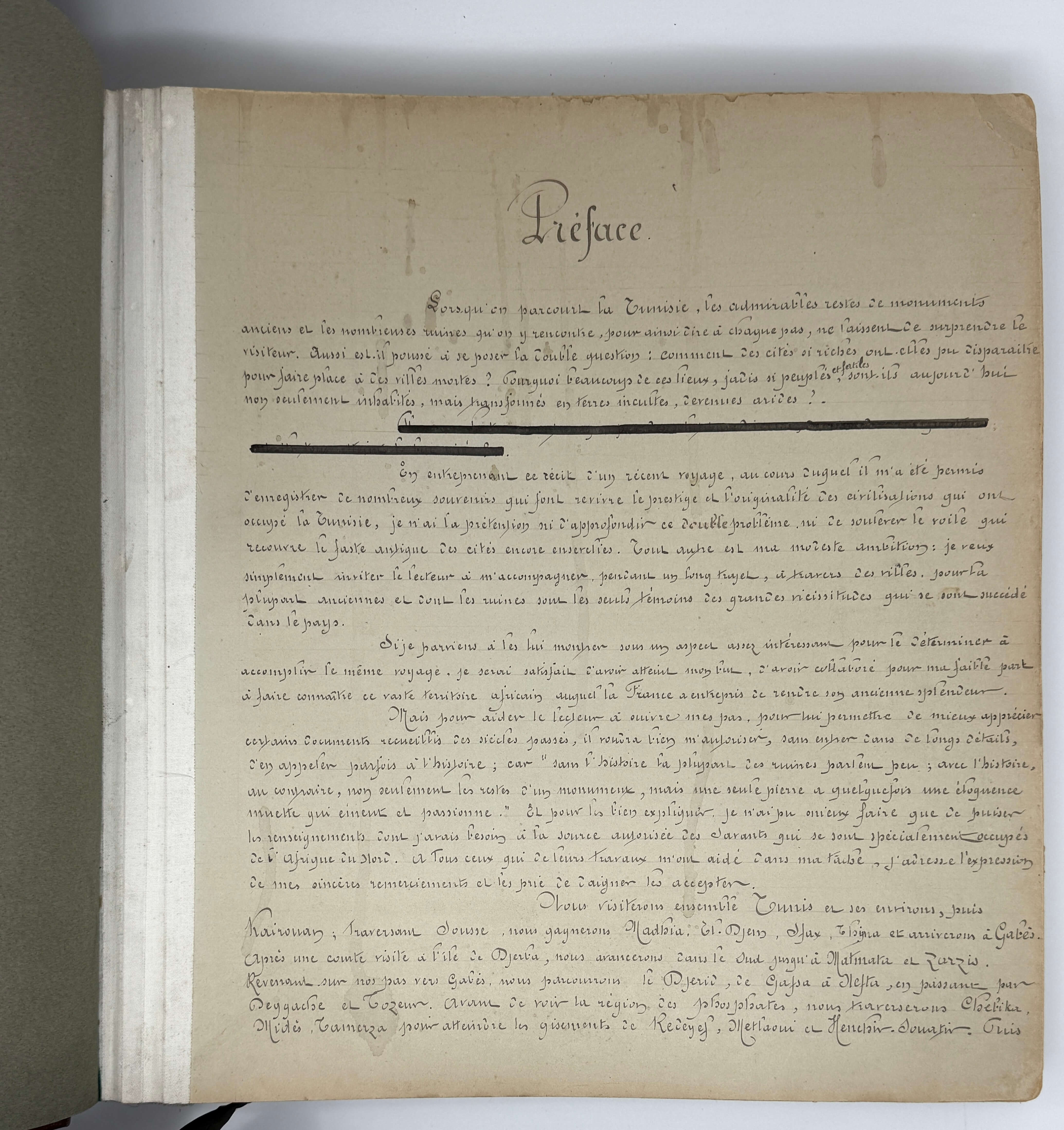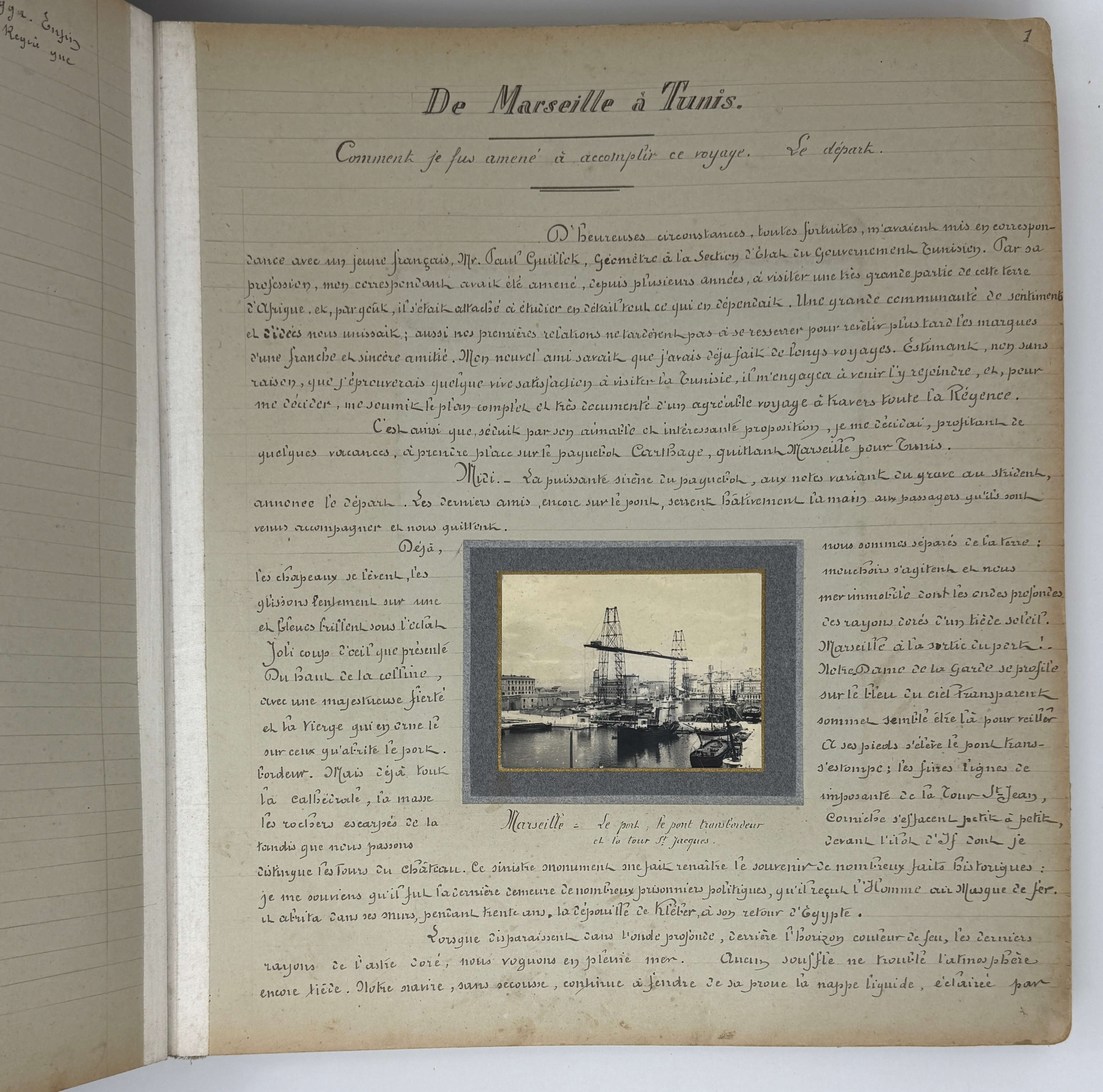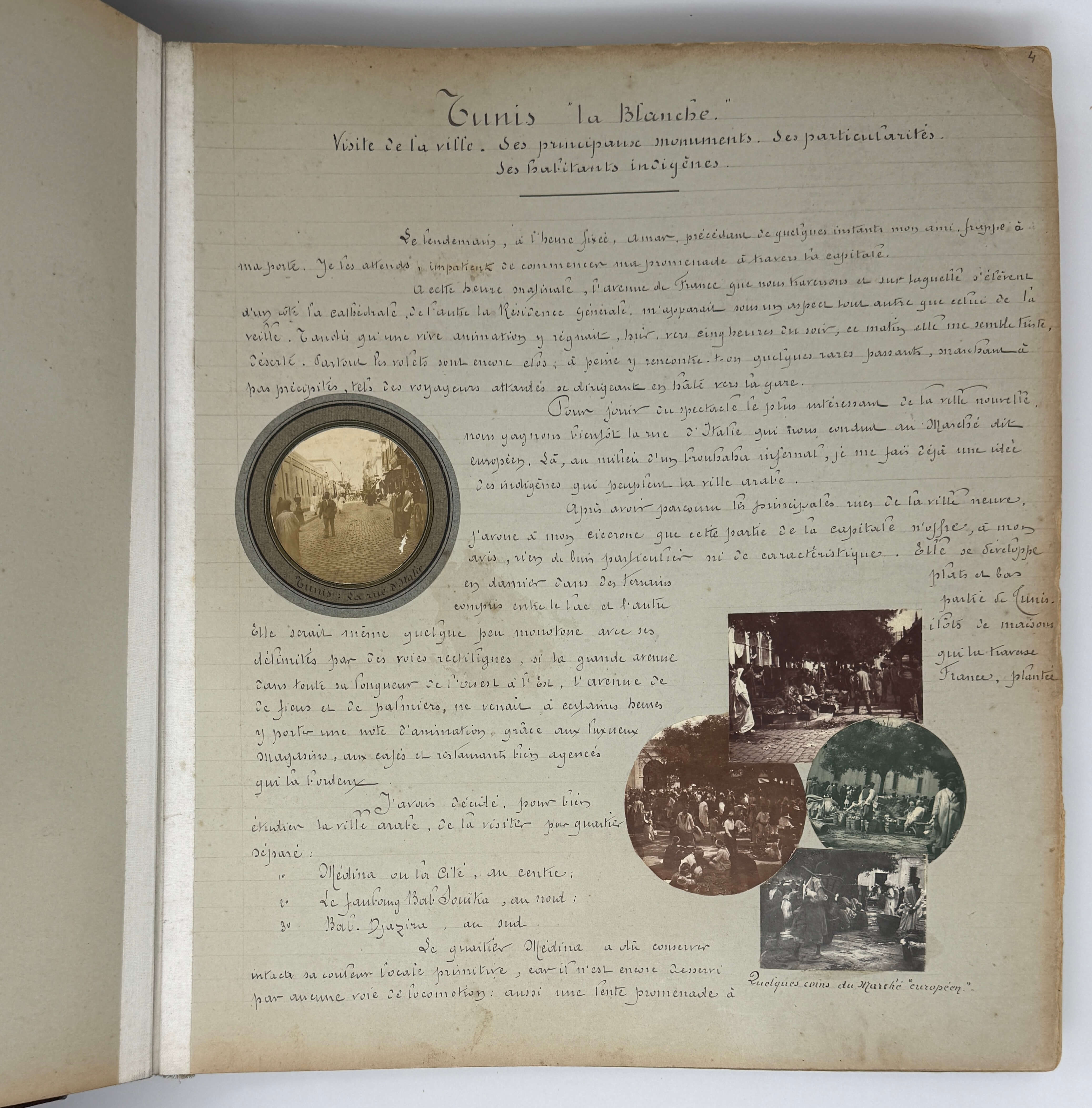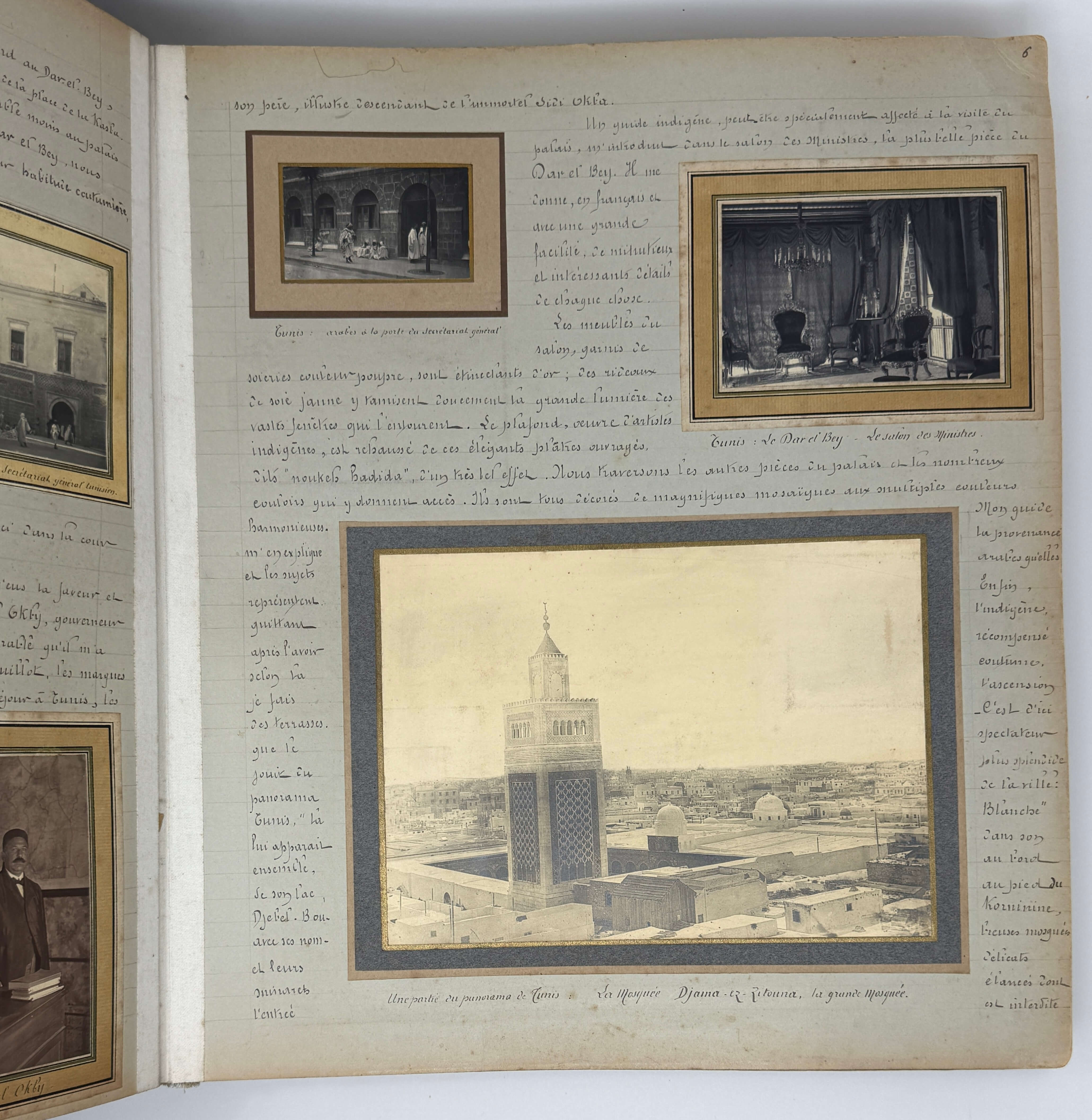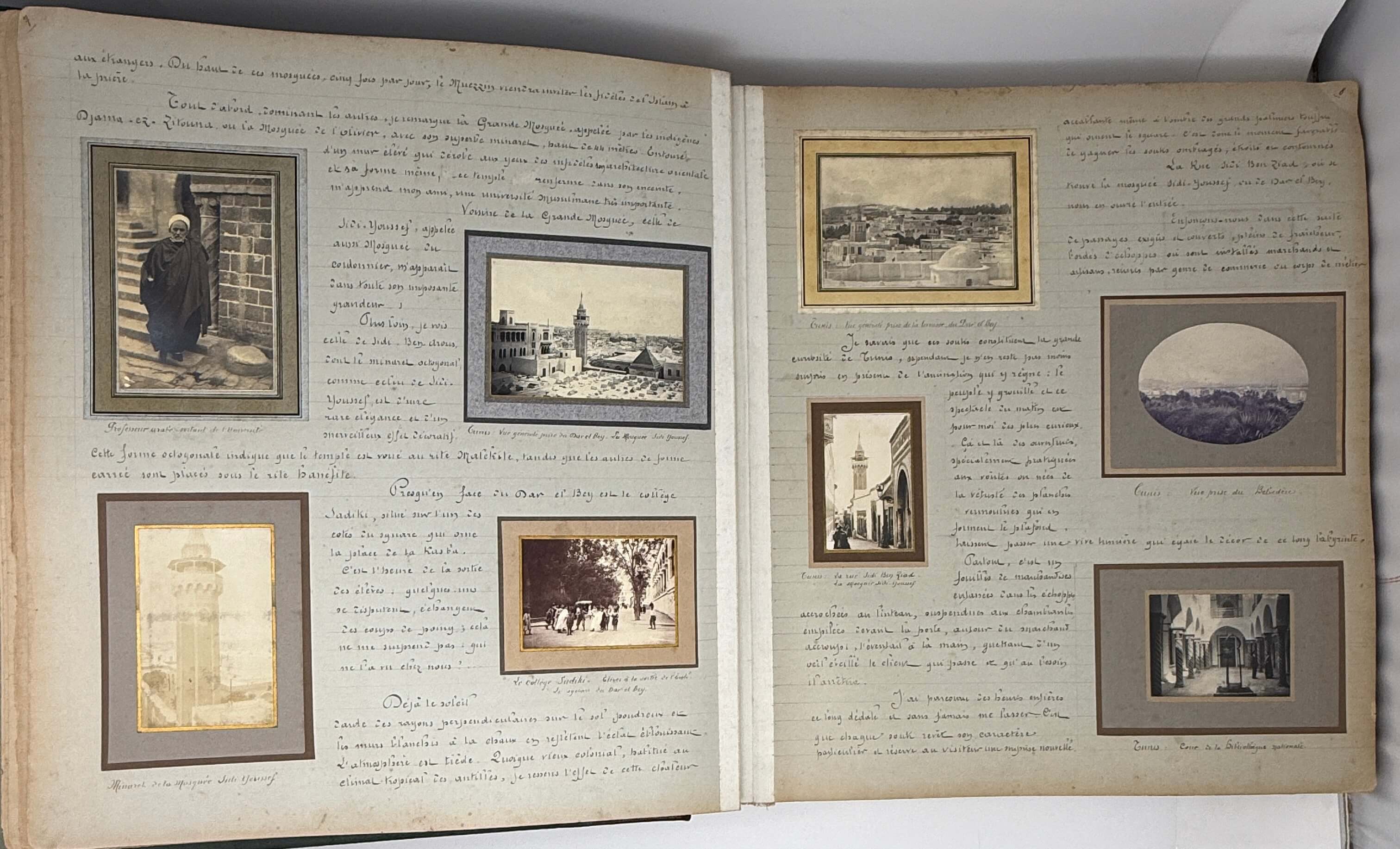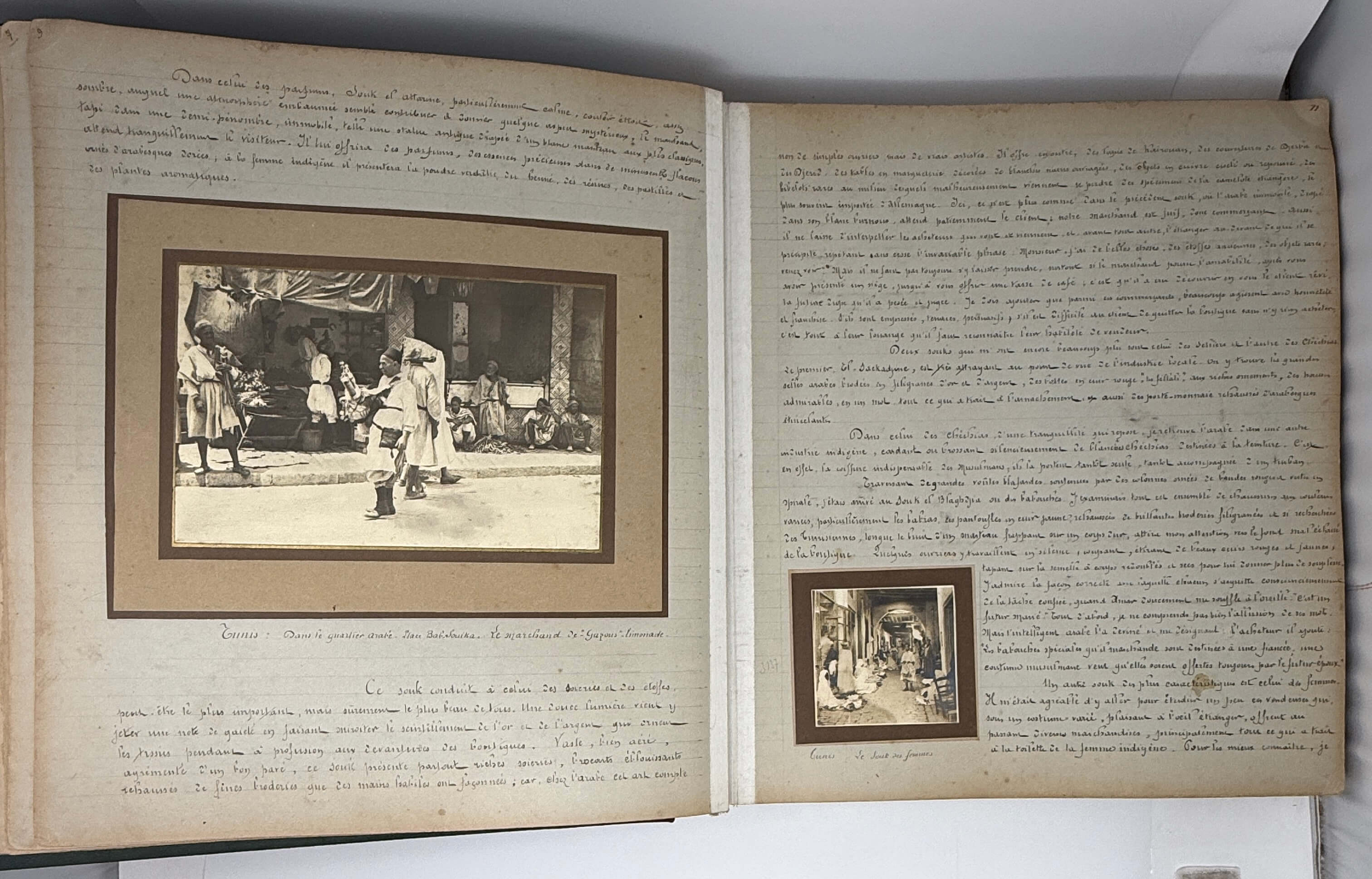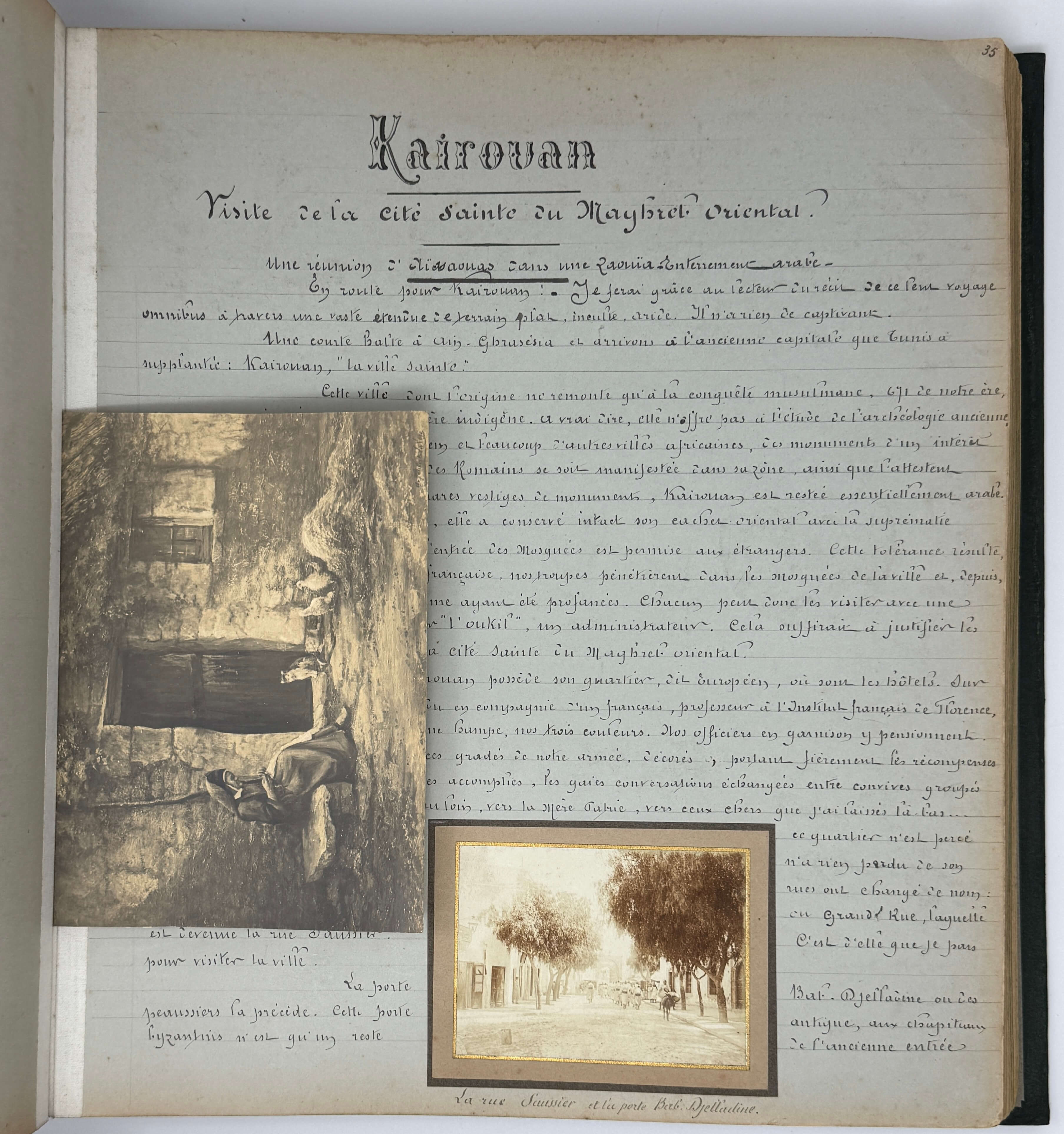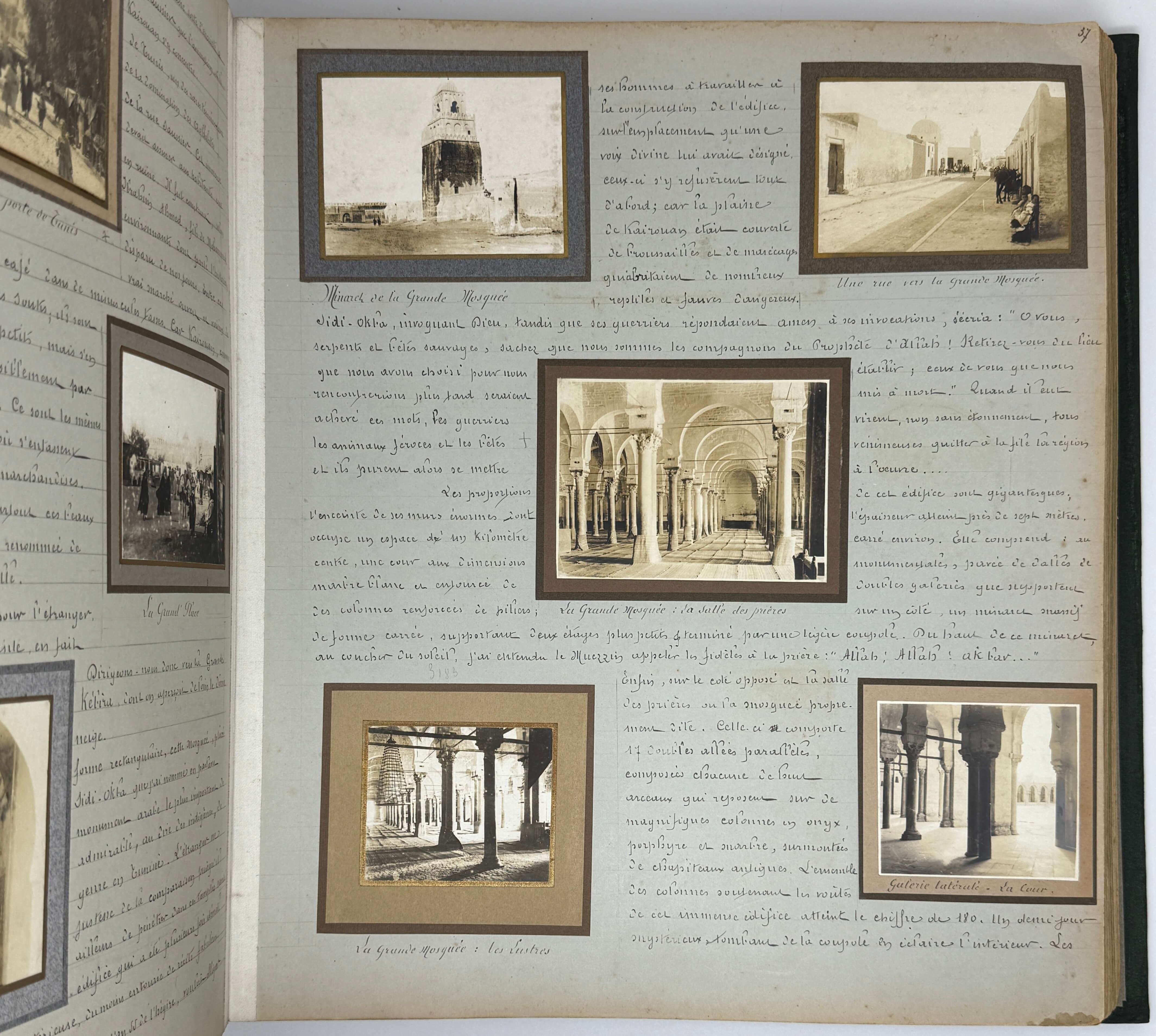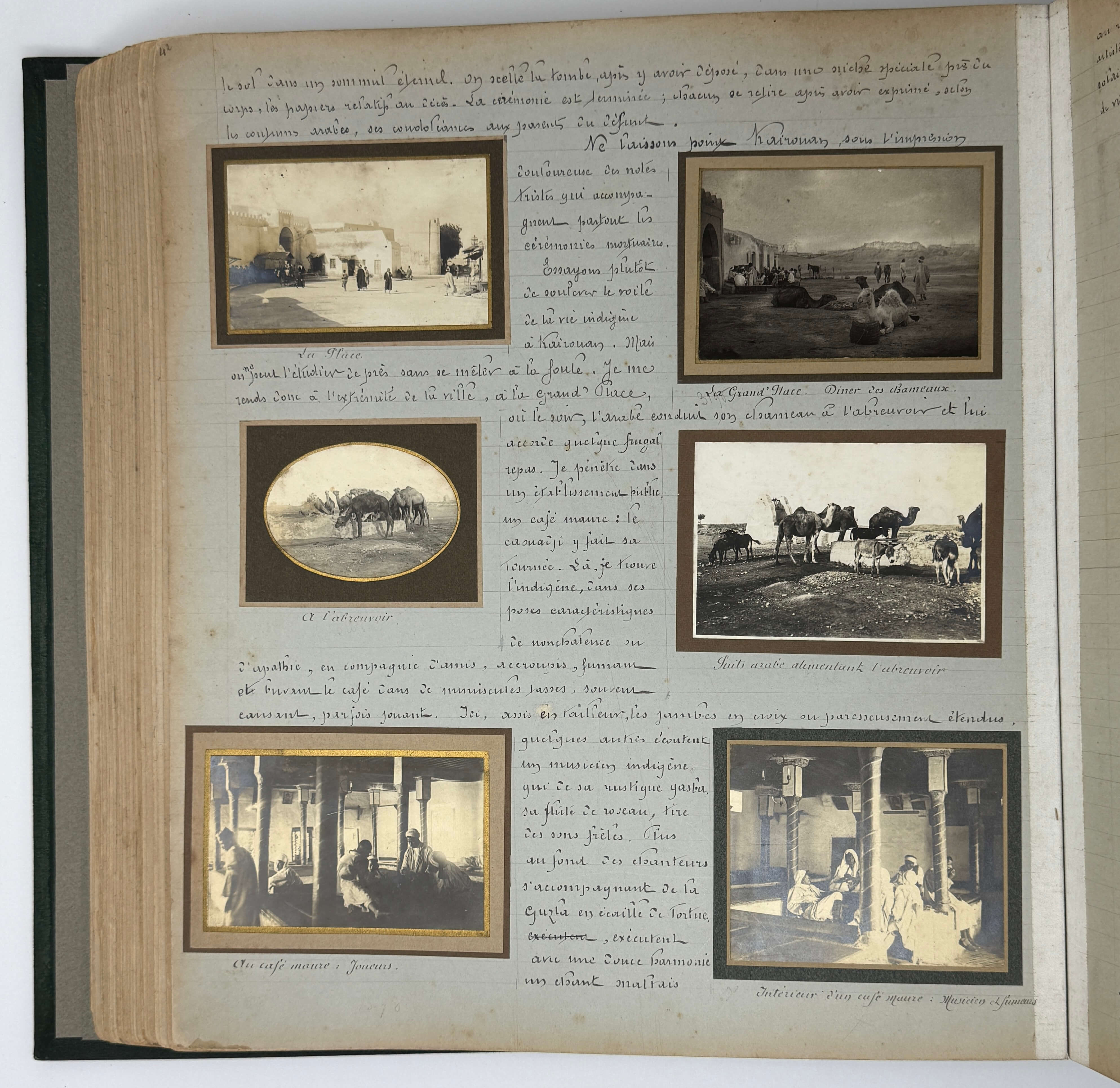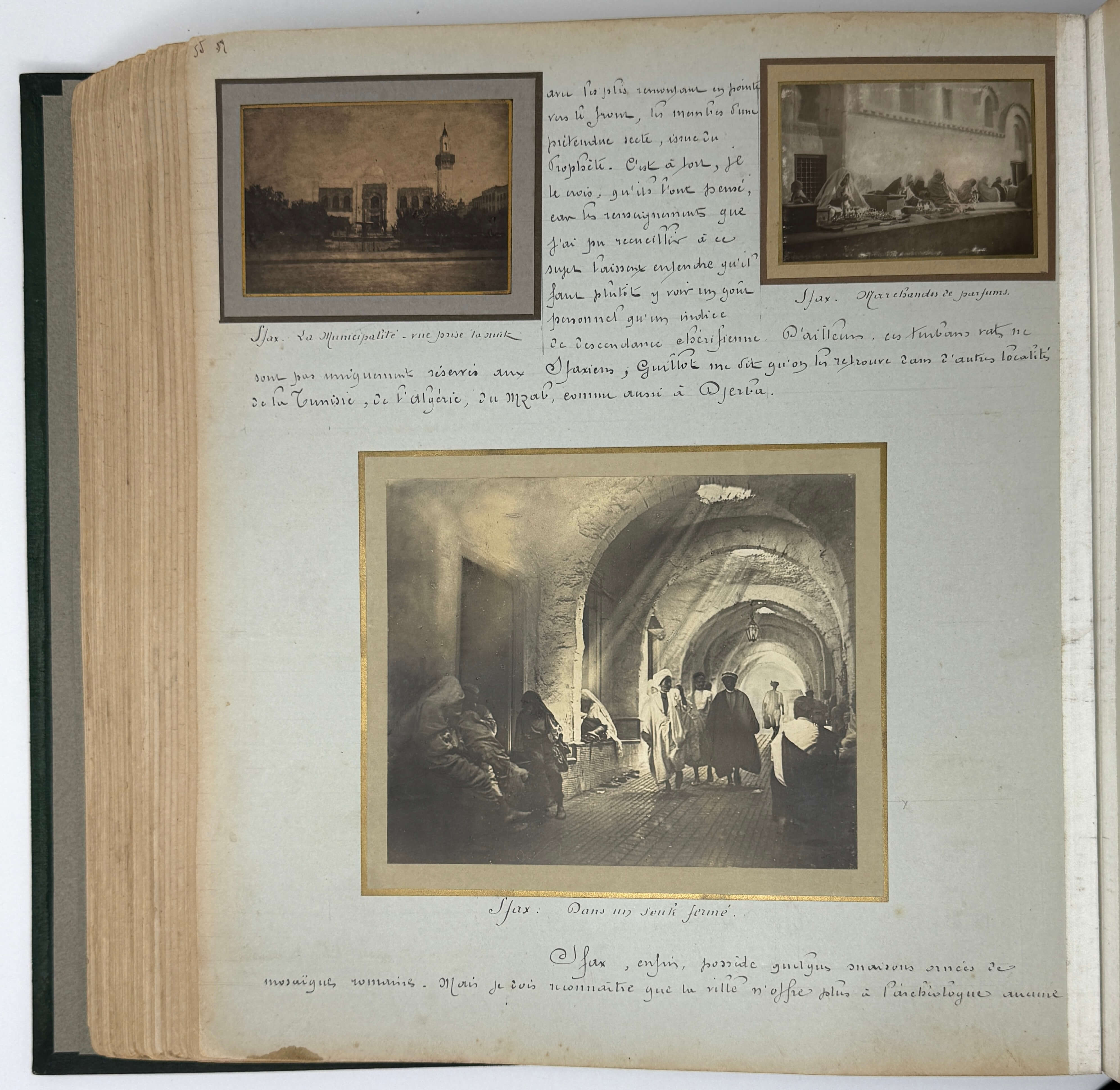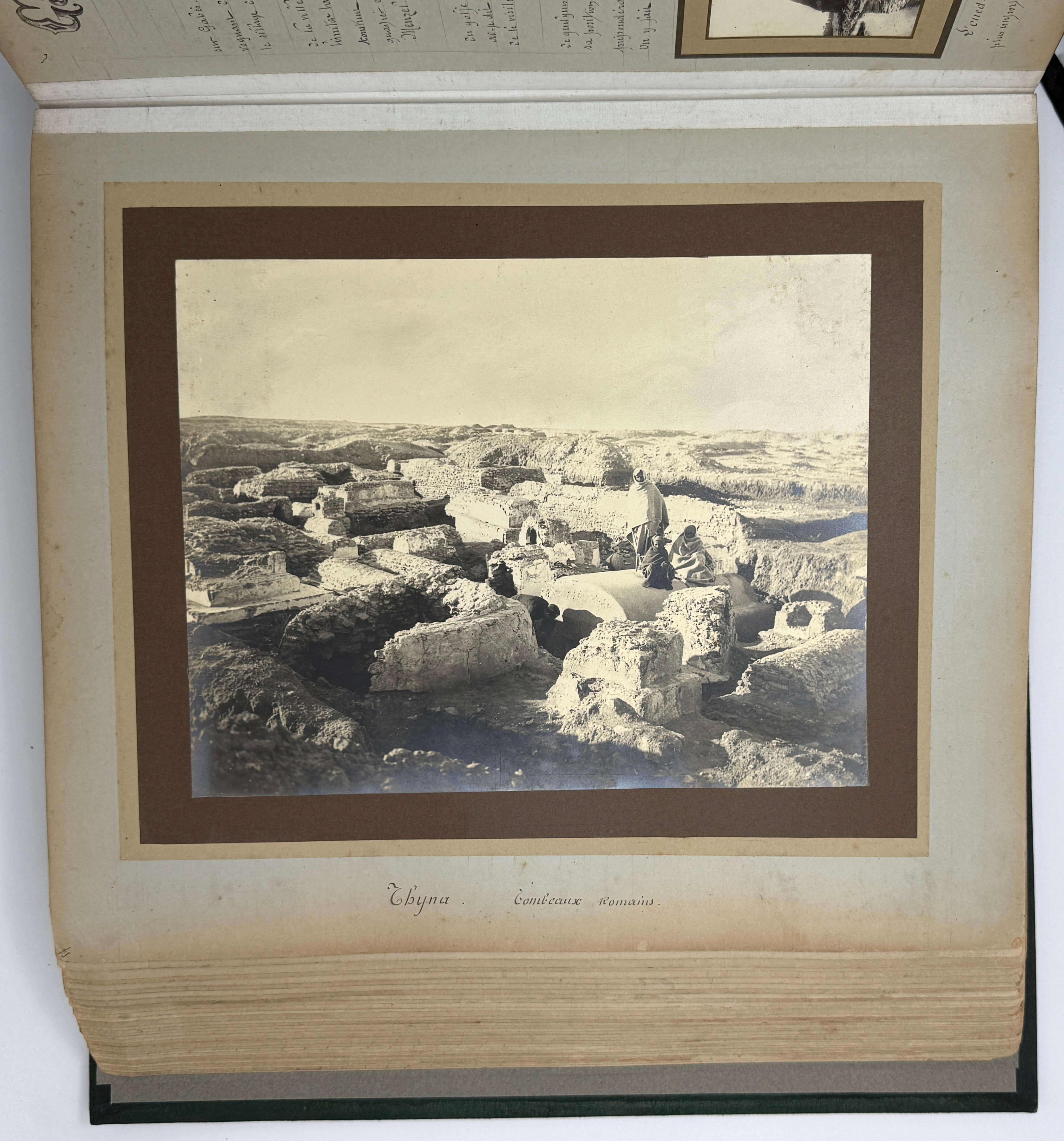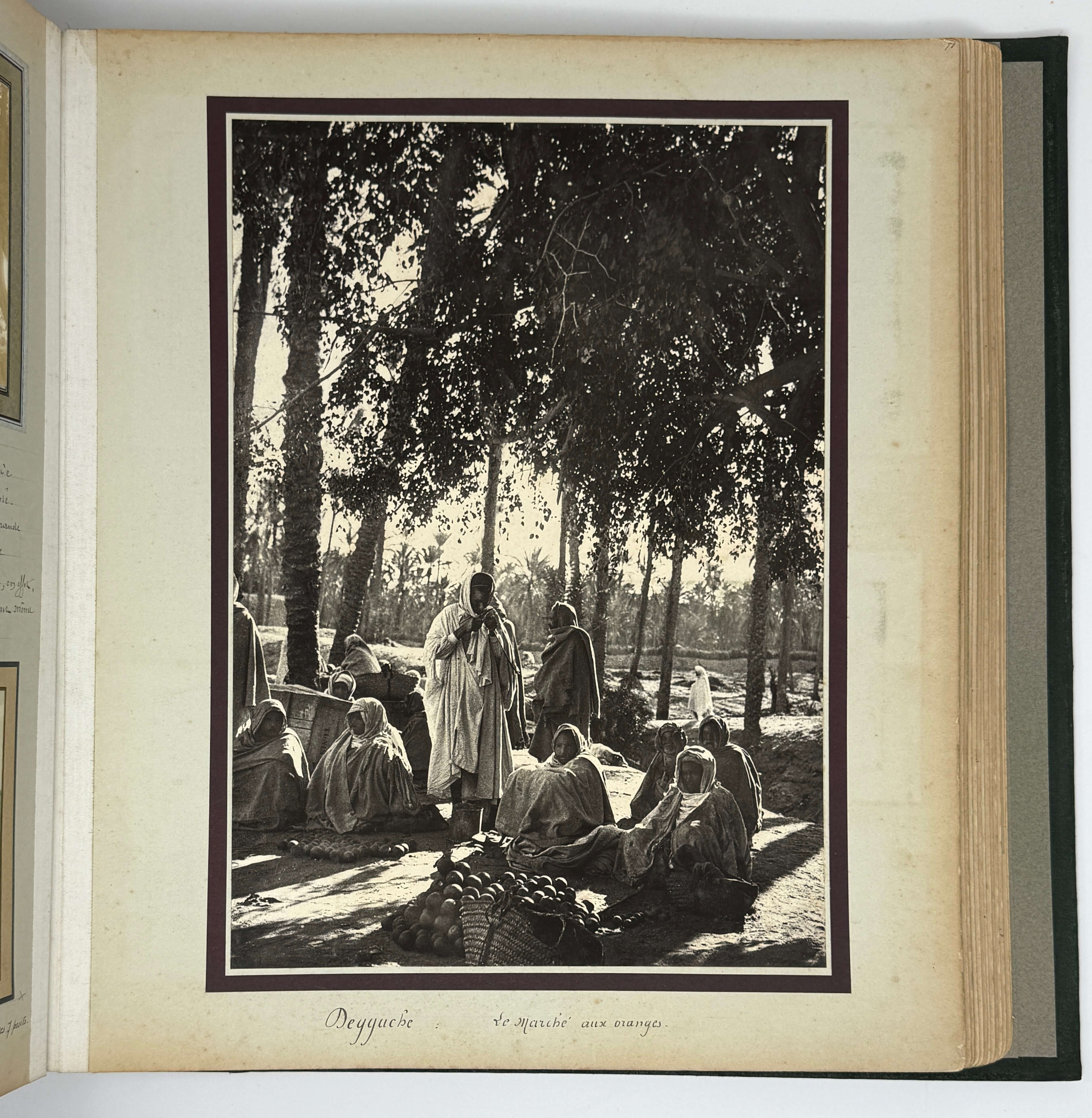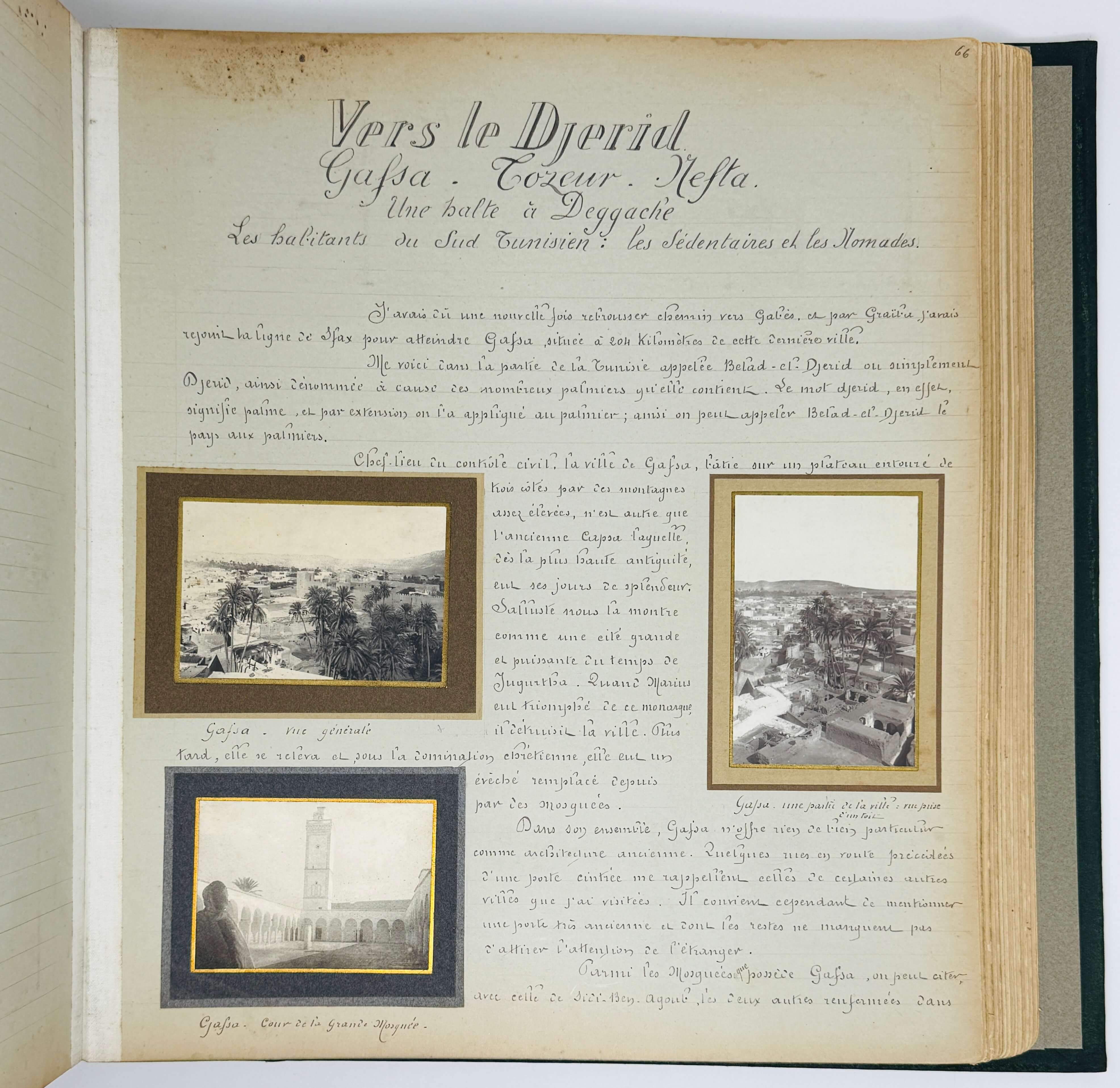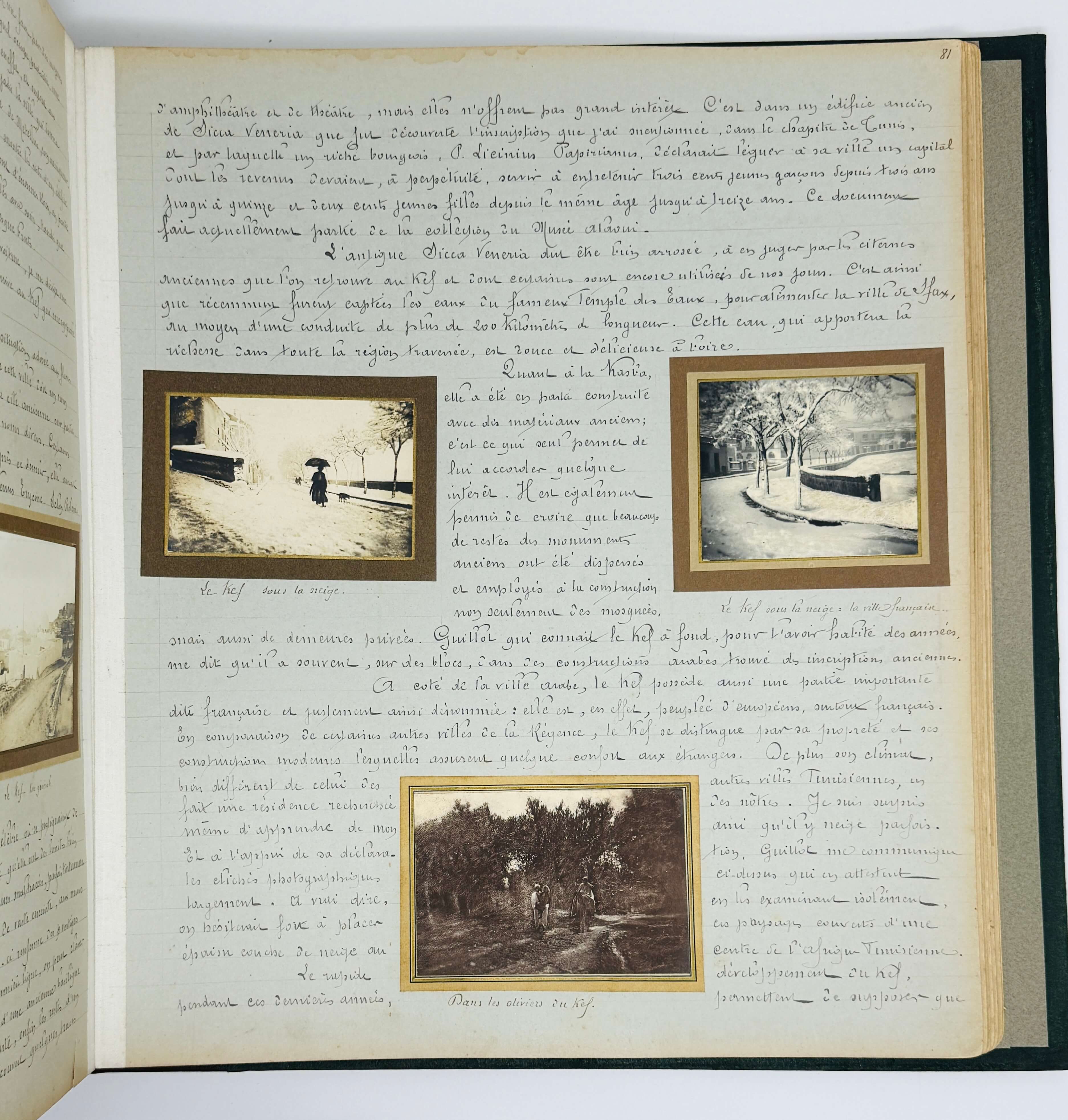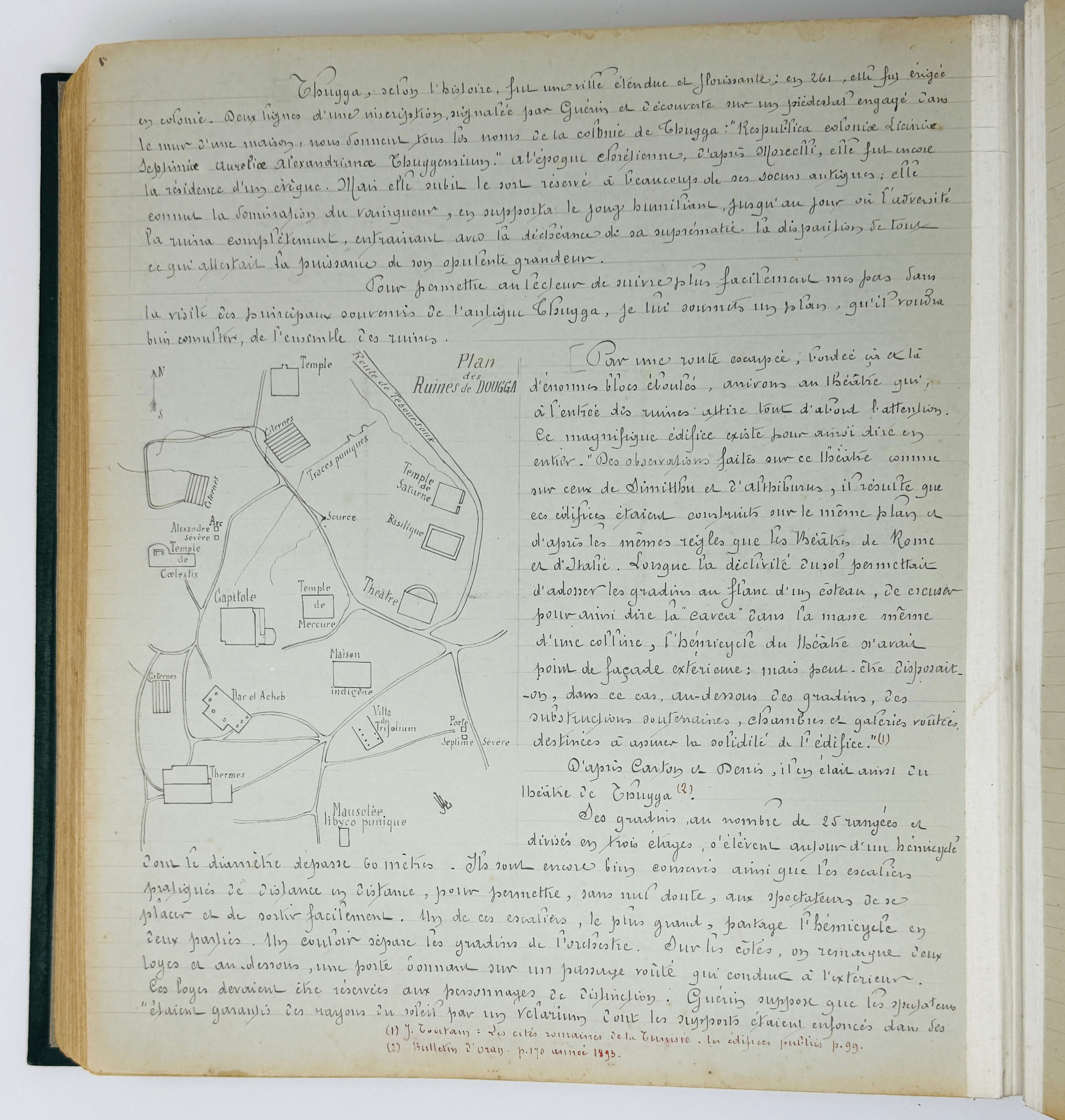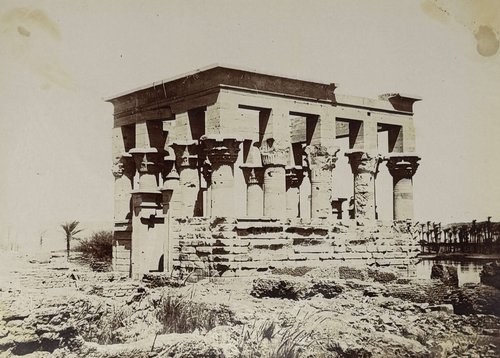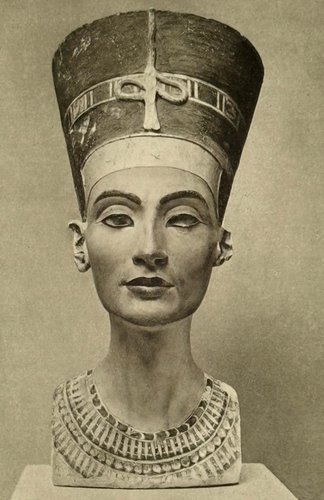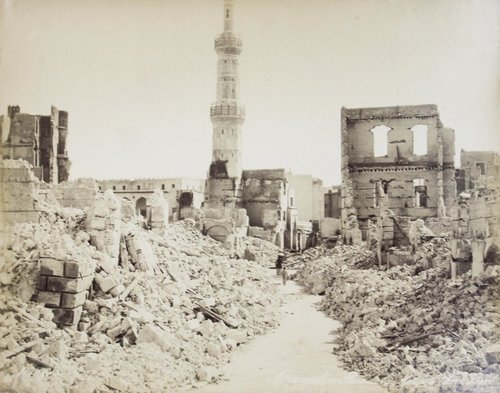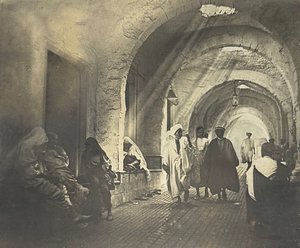
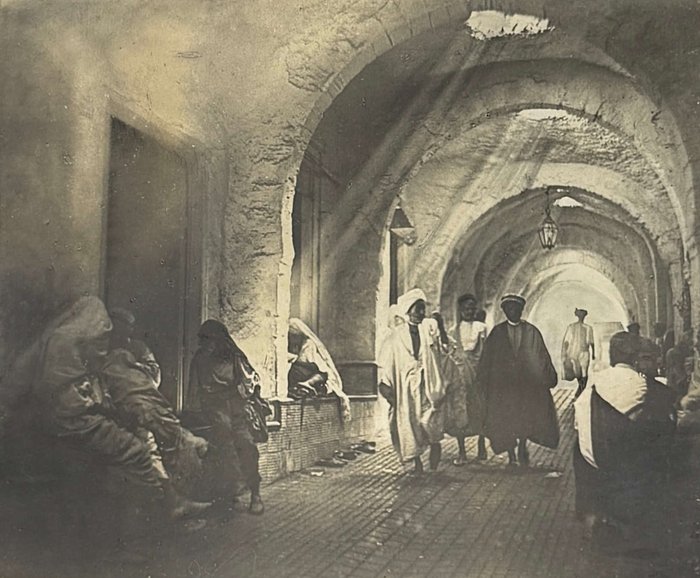
.jpg.700x700_q85_autocrop_replace_alpha-%23FFFFFF.jpg)
.jpg.700x700_q85_autocrop_replace_alpha-%23FFFFFF.jpg)
.jpg.700x700_q85_autocrop_replace_alpha-%23FFFFFF.jpg)
.jpg.700x700_q85_autocrop_replace_alpha-%23FFFFFF.jpg)
.jpg.700x700_q85_autocrop_replace_alpha-%23FFFFFF.jpg)
.jpg.700x700_q85_autocrop_replace_alpha-%23FFFFFF.jpg)
.jpg.700x700_q85_autocrop_replace_alpha-%23FFFFFF.jpg)
.jpg.700x700_q85_autocrop_replace_alpha-%23FFFFFF.jpg)
.jpg.700x700_q85_autocrop_replace_alpha-%23FFFFFF.jpg)
.jpg.700x700_q85_autocrop_replace_alpha-%23FFFFFF.jpg)
.jpg.700x700_q85_autocrop_replace_alpha-%23FFFFFF.jpg)
.jpg.700x700_q85_autocrop_replace_alpha-%23FFFFFF.jpg)
.jpg.700x700_q85_autocrop_replace_alpha-%23FFFFFF.jpg)
.jpg.700x700_q85_autocrop_replace_alpha-%23FFFFFF.jpg)
.jpg.700x700_q85_autocrop_replace_alpha-%23FFFFFF.jpg)
.jpg.700x700_q85_autocrop_replace_alpha-%23FFFFFF.jpg)
.jpg.700x700_q85_autocrop_replace_alpha-%23FFFFFF.jpg)
.jpg.700x700_q85_autocrop_replace_alpha-%23FFFFFF.jpg)
#PE36
Ca. 1914-1915
Elephant Folio album (ca. 42x40 cm or 16 ½ x 15 ¾ in). 52 card stock leaves (numbered on recto and verso). With ca. 220 mounted original gelatin silver photos, including nine large images from ca. 23,5x33,5 cm (13 x 9 ¼ in) to ca. 20x26 cm (7 ¾ x 10 in) or 15,5x18,5 cm (6 x 7 ¼ in); the rest of the photos are from ca. 8,5x11 cm (3 ¼ x 4 ¼ in) to ca. 4,5x6,5 cm (1 ¾ x 2 ½ in). Several photos are trimmed to form a circle shape. All photos with period ink captions in French on the mounts. Most leaves with extensive manuscript text in French. With a mounted hand-drawn map (black ink, heightened in watercolour) ca. 18,5x21 cm (7 ¼ x 8 ¼ in) and a hand-drawn ink plan in text ca. 16x19 cm (6 x 7 ½ in). The compiler’s signature and ink date “Paris, 14 Mai 1915” on the last page. Period green cloth boards; rebacked in style with brown sheep spine; gilt-lettered title on the front board. Boards slightly rubbed, upper right corners of the mounts with mild creases, a couple of photos mildly faded, but overall a very good album of interesting photos.
Historically significant, extensive manuscript journal, illustrated with over 220 original gelatin silver photos and two hand-drawn maps, documenting a journey around the French protectorate of Tunisia in 1914, shortly before the beginning of WW1. According to the date and signature on the last leaf, the album was completed in 1915; its compiler was most likely a French artist of the Barbizon school, Léon Joubert. A student of painters Léon G. Pelouse (1838-1891) and Fernand Cormon (1845-1924), Joubert "was a member of the Société des Artistes Français from 1883 and exhibited his work at the Salon as part of this group. He received an honourable mention in 1884, a third-class medal in 1889 and a bronze medal in the Exposition Universelle of 1899 and 1900” (Benezit, E. Dictionary of Artists. Vol. VII, Gründ, 2006, pp. 954-955). Joubert was known to have travelled to North Africa and created paintings of Bedouin encampments, views of Algiers, &c.
According to preliminary notes, the compiler went on his trip on the invitation of “Mr. Paul Guillot, Géomètre à la Section d’Etat du Gouvernement Tunisien” (p. 1). Having examined Tunis and its environs (Bardo and Carthage), Joubert travelled to Kairouan and went south along the Mediterranean coast, visiting Sousse, Madhia, El Djem (El Jem), Sfax, Gabes, Djerba Island, Matmata and Zarzis. Returning north via Gabes, the compiler made a tour of the “phosphates” region north Chott el Djerid salt lake, with stops in Gafsa, Deggache (Dguache), Tozeur, Nefta (Naftah), Chebika, Mides, Tamerza (Tamaqzah), Redeyef (Al-Rudayyif), and Metlaoui (El-Mitlawi). On the return way to Tunis, Joubert chose the route along Tunisia’s western border, visiting Henchir Souatir (Hanshir as Sawatir), Sbeitla (Subaytilah), Thala, El Kef, ruins of Dougga (near modern-day Teboursouk), ruins of Bulla Regia and the town of Souk El Arba (modern-day Jendouba). A hand-drawn map mounted on the verso of the “preface” leaf tracks the route.
The album consists of a preface and 16 chapters, starting with the description of a voyage “De Marseille à Tunis.” Three chapters, covering the excursions in Tunis and its environs, contain over sixty images of the sites of the European quarter and Medina district of Tunis (Rue d’Italie, Rue Dard el-Djed, “European market,” interiors of Dar el Bey Palace (the seat of Tunisian government), Al-Zaytuna Mosque, Sidi Youssef Dey Mosque, the inner court of the national library, Boulevard Bab Menara, Bab Jedid Gate, general views, numerous souks (Souk des Femmes, Souk el Kachachine, Souk des Meubles), portraits of an Arab university professor, a lemonade seller and a snake charmer at Place Bab Souika, patrons at a local café, street- and market sellers, passers-by, beggars, singers), a nearby cemetery, interior and antique sculptures exhibited at the Alaoui Museum in Bardo (now Bardo National Museum), Punic exhibits of “Musée Saint-Louis” in Carthage (now Carthage National Museum).
Over thirty photos of Kairouan show Rue Saussier and Bab Jelladine city gate, Tunis Gate, the Great Mosque (minaret, courtyards and galleries), “la Grande Place,” a covered souk, Mosque of the Prophet’s Barber (minaret, inner gallery, tomb of the Barber), Mosque of the Sabres (exterior, tomb of Sidi Amor ‘Abada), an Arab cemetery, a funerary procession and internment ceremony, interior of a local café with musicians and men playing a game, a street shop, weaving women, &c.
The chapter “de Souse à El Djem” contains interesting photos of Roman and Spanish ruins in Madhia, and the remains of the Amphitheatre of El Jem (general view from a distance, the interior with the arena and galleries, a view of EL Jem taken from the “coliseé”). The chapter “Sfax & Thina” includes views of Sfax port, municipality, city theatre, the interior of the machine room of a facility of “Societé Sfax-Gafsa,” Arab quarter (souks and streets, perfume sellers, travelling merchants), and Roman ruins and tombs near Thyna. The chapter “Gabès at ses bourgs: Djara & Menzet” is illustrated with the views of the banks of Wadi Qabis, a city gate and a river in Menzel, and a scene with Spahi horsemen; the chapter “Vers l'Ile de Djerba” contains two images of the El May village in the center of the island (general view, closer view of the mosque). The chapter “Dans le massif des Matmatas” contains interesting views of the Matmata Hills, Beni Zeiten village, traditional Berber “troglodyte” cave residences in Medenine, environs of Zarzis, &c.
The chapter “Vers de Djerial,” describing the journey north of Chott el Djerid salt lake, includes over thirty views of Gafsa (the Great Mosque, general views and scenes taken from the minaret, city gate, countryside gardens, the compiler jumping to the pool at “Roman baths”), Deggache/Dguache (city market, date palm plantation of “Mr. Martel”), Tozeur (general view, Arab school, people at siesta, city wadis), and Nefta/Naftah (general view from the hotel, city market, streets, portraits of sedentary and nomadic Tunisians from the “extreme South”). The chapter “La région des phosphates” contains views of the oasis of Chebika, Tamerza/Tamaqzah settlement, the village of Midès “on the Algerian border,” general views of Redeyef/(Al-Rudayyif) and Metlaoui (El-Mitlawi), views of the tracks of the railway built by the “Compagnie des phosphates et des chemins de fer de Sfax-Gafsa,” railway station at Henchir Souatir (Hanshir as Sawatir), &c. The chapter “Le centre tunisien” is illustrated with the views of Roman ruins near Sbeitla (Subaytilah) and several photos of El Kef (general views, French quarter under snow, an olive garden). The chapter “Du Kef à Dougga” includes nine photos of the Dougga archaeological site near modern-day Teboursouk in northern Tunisia, showing ruins of the Roman theatre, Arch of Severus Alexander (Bab er-Roumia), capitol, market, “Square of the Rose of the Winds,” Villa Trifolium, and the Lybico-Punic Mausoleum. The final chapter, “Une dernière étape à Souk el Arba,” is illustrated with five views of the ruins of Bulla Regia – a Berber, Punic and Roman town near modern-day Jendouba.
Overall, a historically important, content-rich travel journal, illustrated with original photographs of famous sites and lesser-travelled locations of Tunisia as seen shortly before the beginning of WW1.

